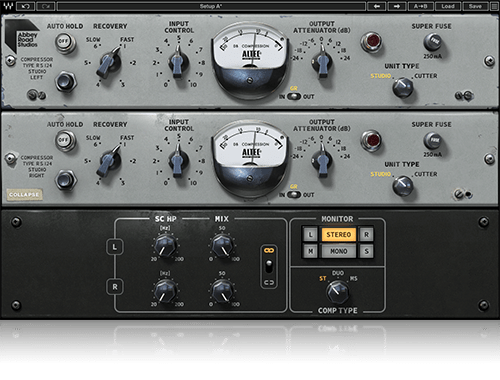
Mechanical and electromagnetic waves transfer energy, momentum, and information, but they do not transfer particles in the medium. Other types of waves include gravitational waves, which are disturbances in spacetime that propagate according to general relativity heat diffusion waves plasma waves that combine mechanical deformations and electromagnetic fields reaction–diffusion waves, such as in the Belousov–Zhabotinsky reaction and many more. Electromagnetic waves, according to their frequencies (or wavelengths) have more specific designations including radio waves, infrared radiation, terahertz waves, visible light, ultraviolet radiation, X-rays and gamma rays. Electromagnetic waves can travel through a vacuum and through some dielectric media (at wavelengths where they are considered transparent).

In an electromagnetic wave (such as light), coupling between the electric and magnetic fields which sustains propagation of a wave involving these fields according to Maxwell's equations. Other examples of mechanical waves are seismic waves, gravity waves, surface waves and string vibrations. For example, sound waves are variations of the local pressure and particle motion that propagate through the medium. A mechanical wave is a local deformation (strain) in some physical medium that propagates from particle to particle by creating local stresses that cause strain in neighboring particles too. In a mechanical wave, stress and strain fields oscillate about a mechanical equilibrium. Two types of waves are most commonly studied in classical physics. Waves are often described by a wave equation (standing wave field of two opposite waves) or a one-way wave equation for single wave propagation in a defined direction. In a standing wave, the amplitude of vibration has nulls at some positions where the wave amplitude appears smaller or even zero. When the entire waveform moves in one direction, it is said to be a traveling wave by contrast, a pair of superimposed periodic waves traveling in opposite directions makes a standing wave. Waves can be periodic, in which case those quantities oscillate repeatedly about an equilibrium (resting) value at some frequency. In physics, mathematics, and related fields, a wave is a propagating dynamic disturbance (change from equilibrium) of one or more quantities. Surface waves in water showing water ripples


 0 kommentar(er)
0 kommentar(er)
